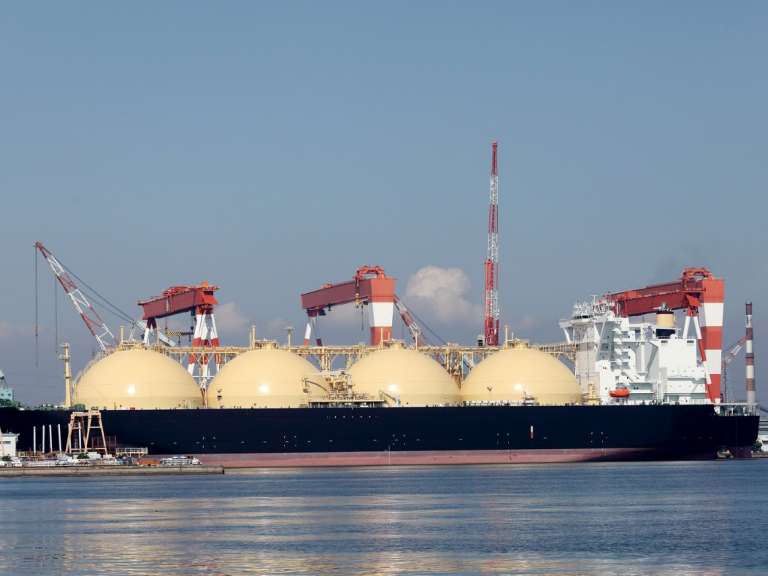2017 confirmed that the power industry of the past is turning upside down. The literal balance of power is shifting, and that shift is accelerating as renewables adoption increases. This is bad news for conventional generators in many countries, as demand is slowing. The only exceptions are developing economies, where demand for fossil-fired generation is still growing.
These dynamics are likely to intensify in 2018 and beyond. In short, the trends of 2017 tell us to get ready for a whole new world.
The New Kids on the Block Keep Getting Stronger
Wind turbines are getting ever larger and more efficient, driving costs down both on shore, according to AWEA, and offshore. The costs of solar projects continue to fall as well, according to Lazard. However, this growth could be hindered in the US by the outcome of the Suniva case. Meanwhile, natural gas supplies abound—a result of efficient fracking technologies—and international LNG markets are growing, according to the EIA. Energy storage technologies are also picking up speed and are poised to accelerate in the coming year.
One absolutely critical issue to understand is this: Efficiency improvements in conventional generation—whether in coal, gas, or nuclear—are hard to come by, and the maturation curve is relatively flat as each technology has been around for quite some time. Meanwhile, renewables and energy storage still have plenty of room to grow.
Solar panel and wind turbine efficiencies continue to increase significantly, according to Greentech Media (GTM) and CleanTechnica, and costs keep falling. A comparison of the levelized costs of energy, tracked by Lazard, over just a two-year period from 2015 to 2017 is instructive: Mean levelized megawatt-hour costs of wind and solar (utility-scale crystalline) declined from $64 to $50 and from $55 to $45, respectively. In some regions, bids are coming in well below these numbers. A recent auction in Mexico saw wind bids as low as $17.60 from energy giant Enel, according to Electrek.
Meanwhile, energy storage is set to explode. Bloomberg forecasts that the global market will "double six times between 2016 and 2030," reaching 125 gigawatts/305 gigawatt-hours, a track similar to that followed by the solar industry during its rapid expansion.
This is the new power industry in which conventional generation must compete today. With continuously increasing efficiencies, the likelihood is that renewables may soon become the new "baseload" resources in the sense that they will represent the most cost-effective resource on many grids. It then becomes the task of the remaining resources—whether they be conventional generation, storage, or some other technology—to wrap themselves around these less expensive renewables and create a reliable grid.
It's a Tough Sell for Generators in Europe and the US
In the US, Utility Dive notes that power prices for the past few years have been significantly lower than historical averages, and generators' margins have declined as a consequence. Some US markets, such as New England, New York, and PJM (the mid-Atlantic power pool), have mitigated the impact of low energy prices by paying capacity prices.
In Texas, where there is no capacity market and profitability depends largely on energy prices, the impact of low prices has been profound, according to GTM. In the final quarter of 2017, 4,100 MW of coal retired, while Exelon announced bankruptcy of four Texas plants totaling 2,212 MW of generation. This included the Wolf Hollow gas combined cycle plant that, just six years ago, was characterized as a "cost-effective, clean energy project."
These pressures are not limited to the US. Modern Power Systems reports that Germany's super-efficient gas units Irsching 4 and 5 were mothballed this year (again); they simply could not make any money.
The Developing World Is Still Hungry for More Juice
The latest numbers from global consulting firm Enerdata show that developed countries' energy growth in 2016 was relatively flat, well below long-term averages. With continued improvements in energy-efficient technologies and on-site generation, this will continue. The non-OECD economies are the outlier. According to Enerdata, they saw demand grow at a healthy clip of 5.2 percent, as they look to further electrify.
Globally: As Coal Dies, LNG Flies
According to the International Energy Agency (IEA), coal composes 40 percent of global power generation. Although some coal plants continue to be built, the IEA projects future growth in coal consumption to be relatively flat, and there are signs that coal's future is dimming. In January 2017, China announced the cancellation of over 100 coal-fired plants, totaling 120 gigawatts (GW), reports The New York Times. This included 54 GW of projects that were already under construction.
At the same time, prospects for liquefied natural gas (LNG) are bullish. The International Gas Union indicates that liquefaction capacity grew over 10 percent during 2016. Meanwhile, proposed liquefaction capacity stood at 879 million tons per annum MPTA, compared with 340 MPTA of existing capacity at the beginning of 2017. While developers will likely not build all the proposed projects, it is becoming clear that natural gas and renewables will continue to capture market share in a carbon-constrained world.
All of these trends point to more of the same in 2018: More cost-effective renewables and energy storage, an increasing role for gas as coal's role diminishes, and numerous retirements of generation that is no longer able to compete in an increasingly competitive global power industry.
